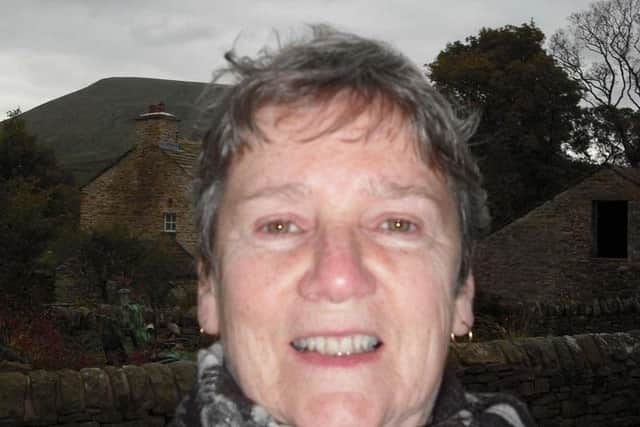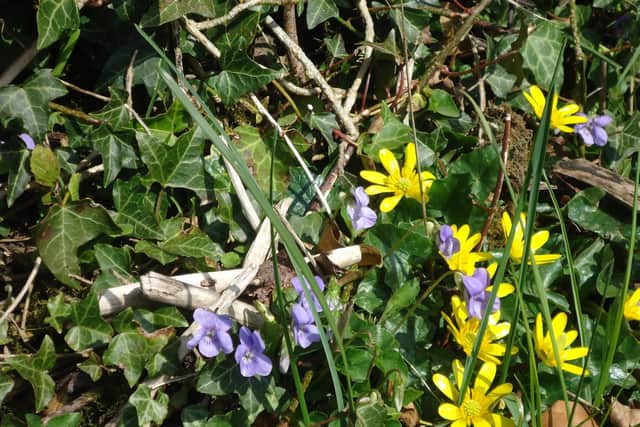"Save our beautiful wildflowers' campaign launched by Ribble Valley author and walker
and live on Freeview channel 276
Jenny Palmer was shocked to see that thousands of roadside flowers around the Twiston, Rimington and Downham areas had been obliterated by mowing earlier this month, destroying any possibility of them re-seeding.
She said: "What is the thinking behind cutting the grass on the roadsides, along with wildflowers, so early in the year?
Advertisement
Hide AdAdvertisement
Hide Ad"It can hardly be to keep the roads clear since, particularly this year, due to the prolonged April frosts and lack of rainfall, the grass had barely started growing.


"I remembered that last year they cut the roadside grass three times during the spring and summer, destroying any possibility of the flowers reseeding but was this necessary?"
After contacting both Lancashire County and Ribble Valley councils, Jenny was told the roadside grass cutting was the responsibilty of landowners and farmers.
Jenny pointed out that the fields at Bell Sykes Farm Meadows in Slaidburn, known as Coronation Meadow, are customarily never cut before mid July when the flowers have had a chance to seed and will grow again the following year.
Advertisement
Hide AdAdvertisement
Hide AdAnd she would like to see this custom applied to roadsides and landowners observe the 'No Mow in May' scheme which is the brainchild of an organisation called Plantlife. Data released by the group has revealed the severe impact the May, 2020 drought had on wild flowers and highlights how a little less mowing delivers a lifeline for biodiversity, butterflies and bees.


Jenny added: " If landlowners and farmers followed this scheme the wildflowers and wildlife would be spared and countryside lovers such as myself would not be deprived of this beautiful amenity."
Like thousands of other people across the UK Jenny began walking in the countryside during the start of the first lockdown in March last year. And it was then she became aware of the stunning variety of wildflowers which she began to photograph and make notes of to post on her facebook page.
Jenny who published her first book of poems based on Pendle Hill in 2019, said: "It was a way of keeping in touch with people and a reminder that life was still going on out there in nature, even if it seemed to have come to a standstill everywhere else.
Advertisement
Hide AdAdvertisement
Hide Ad"Most often I walk along country lanes and it's there I find the most wildflowers, not in the fields and meadows where they can be eaten by sheep.
"My first pictures were of the spring flowers: celandines, primroses, bluebells, wood anemones, wood sorrel, many of which I was already familiar with. Then came water aven, pink campion, wild violet, marsh marigold and many more. If I didn’t know the name of a particular variety, I’d look it up when I got home or consult someone who did.
"There was Jack-by-the hedge (garlic mustard), bistort, hellebore, alternate-leafed saxifrage.
"I was amazed by the rich diversity of flora growing under our noses on the roadsides of rural Lancashire."
Advertisement
Hide AdAdvertisement
Hide AdJenny, who has also published a number of novels, pointed out that apart from being able to appreciate the beauty of the blooms they also sustained a wide variety of bees, butterflied and insect species, adding: "As spring became summer, my pictures were of blossoms, which turned into fruits in the autumn: gooseberries, raspberries, strawberries, blackberries, sloes, elderberries and crab apples.
"In winter I looked forward to the same flowers reappearing. You can imagine the shock I felt when, in early May this year, I saw that the grass at the roadsides had been mown."